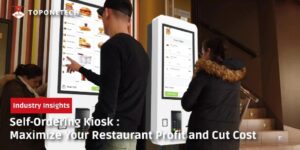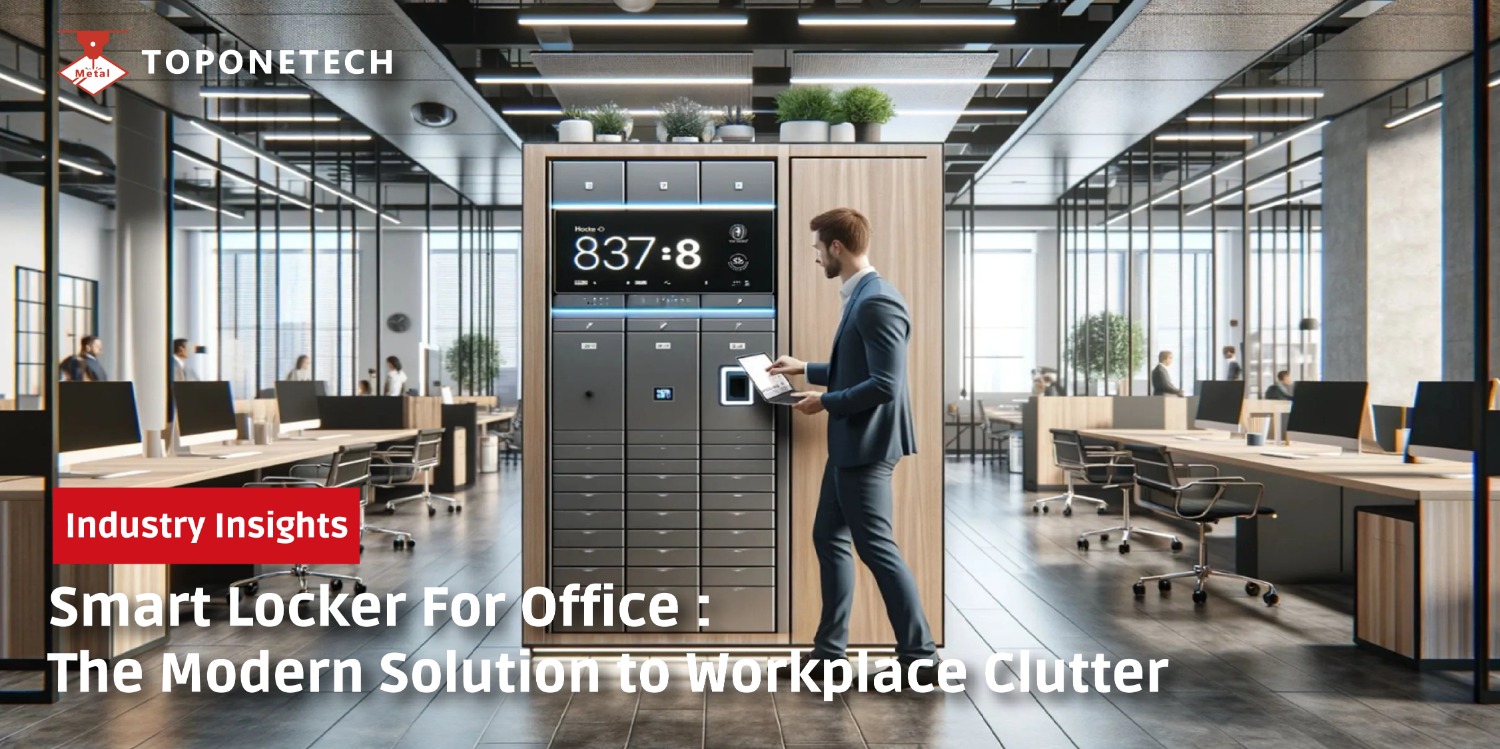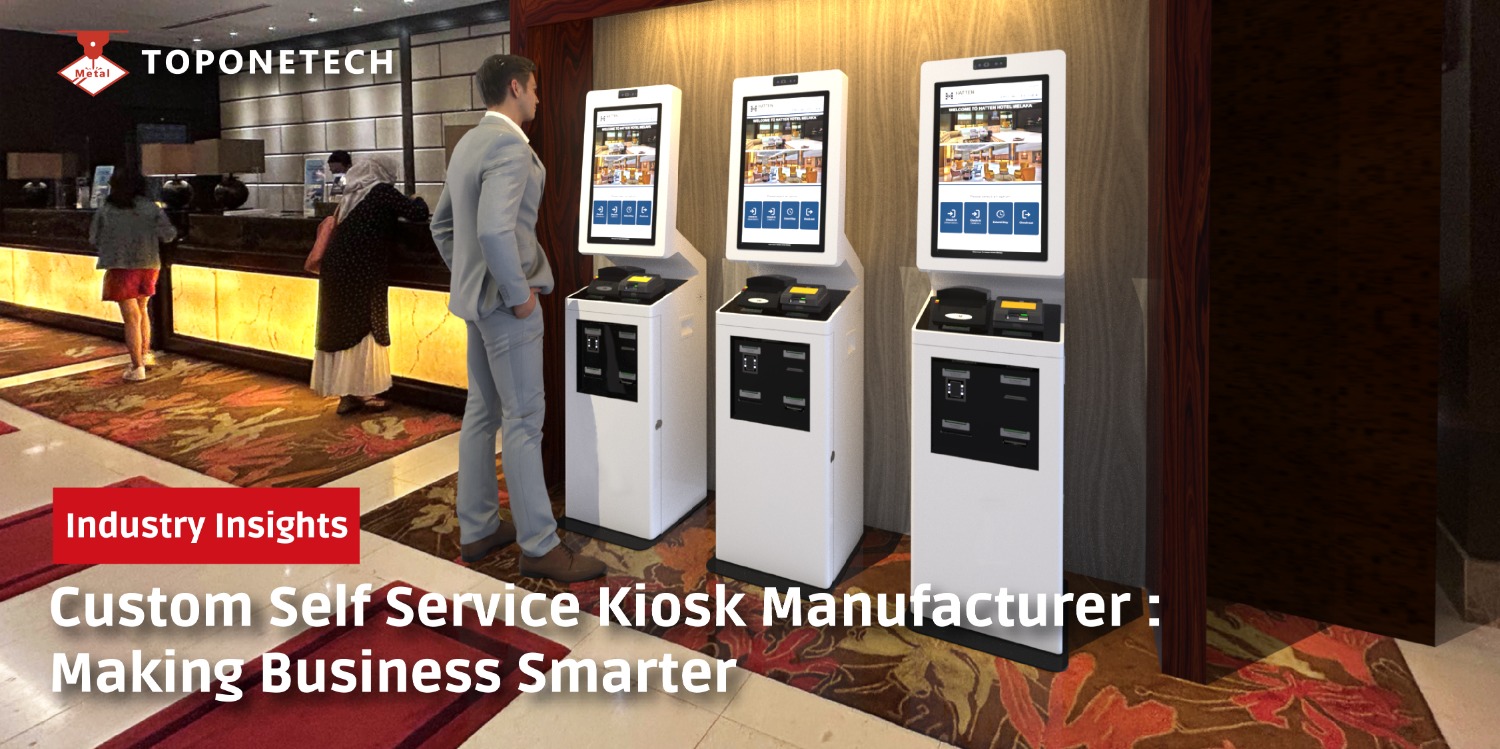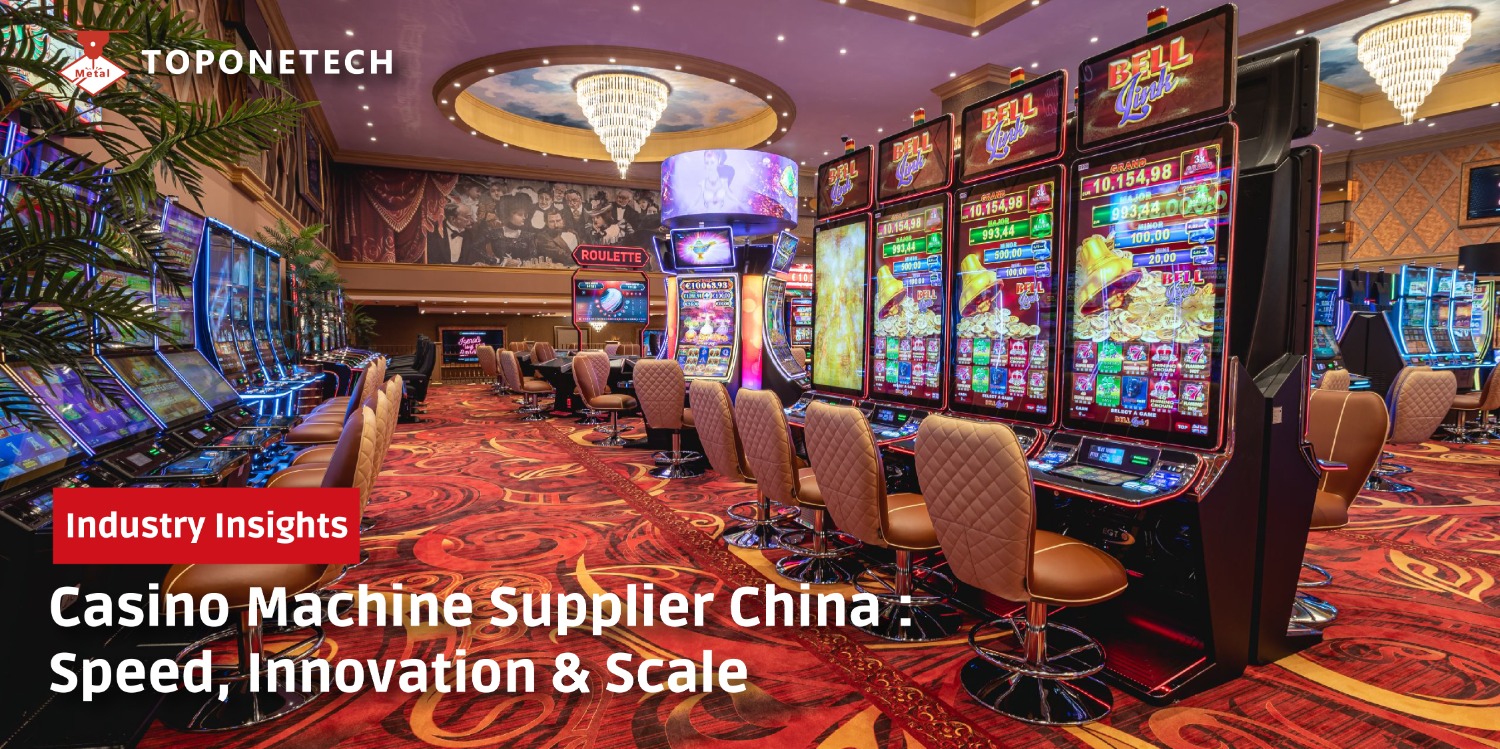
In the fast-paced restaurant industry, efficiency is the key to profitability. As businesses strive to streamline operations and offer enhanced customer experiences, self-ordering kiosks have emerged as a revolutionary solution. By enabling customers to place their own orders, these kiosks not only reduce operational costs but also help increase profits. Here’s how implementing a self-ordering kiosk can maximize your restaurant’s profit and cut costs.
1. Reduced Labor Costs
One of the most immediate benefits of self-ordering kiosks is the reduction in labor expenses. With a kiosk system, restaurants can allocate fewer staff members to taking orders, freeing up employees for other essential tasks such as food preparation, customer service, or managing the dining area. This allows restaurants to run efficiently with a leaner team, significantly lowering wage-related expenses.
2. Increased Order Accuracy
Human error is an inevitable part of manual ordering processes. Miscommunication between staff and customers can lead to incorrect orders, resulting in food waste and dissatisfied customers. Self-ordering kiosks eliminate this issue by allowing customers to input their orders directly, ensuring greater accuracy. Correct orders mean less waste and more satisfied diners, contributing to better profitability.
3. Enhanced Customer Experience
In today’s digital age, customers value convenience. Self-ordering kiosks allow diners to browse the menu at their own pace, customize their orders, and avoid long lines at the counter. This creates a faster, more personalized experience, leading to higher customer satisfaction and retention. Happy customers are more likely to return, boosting your restaurant’s revenue over time.
4. Higher Average Order Value
Self-ordering kiosks are proven to drive higher average order values. Kiosks can suggest add-ons or upgrades during the ordering process, encouraging customers to customize their meals with extras like drinks, sides, or desserts. This strategic upselling often goes unnoticed in face-to-face interactions but can be easily automated through kiosks, resulting in increased sales per transaction.
5. Improved Efficiency and Faster Turnaround
Kiosks streamline the ordering process by allowing customers to place orders without waiting for a cashier. This reduces wait times, leading to faster table turnover in dine-in settings and quicker service for takeout. Faster turnaround means serving more customers in less time, increasing your restaurant’s capacity to generate revenue.
6. Optimized Menu Management
Self-ordering kiosks can be easily updated with new menu items, seasonal promotions, or price changes. This flexibility allows restaurant owners to quickly adapt to trends or test new items without the need to reprint physical menus. Digital menus on kiosks also allow for dynamic pricing strategies, enabling restaurants to maximize profits during peak hours with minimal effort.
7. Data Collection and Insights
Self-ordering kiosks provide valuable insights into customer preferences, order trends, and purchasing behaviors. Moreover, by analyzing this data, restaurants can optimize their menus, refine promotions, and better tailor offerings to customer preferences. Data-driven decisions lead to smarter marketing strategies and improved customer engagement, further driving profitability.
8. Reduced Transaction Costs
Many self-ordering kiosks integrate with payment systems, allowing customers to pay directly at the kiosk. This not only speeds up the transaction process but also reduces the need for cash handling, lowering the risk of theft and human error in processing payments. Moreover, automated payments help streamline financial operations, saving time and reducing costs.
9. Appealing to Younger Audiences
Millennials and Gen Z customers are accustomed to using technology in their daily lives, from smartphones to self-checkout stations. Furthermore, offering a self-ordering kiosk aligns with their expectations for quick, seamless, and tech-driven experiences. Moreover, appealing to this demographic is crucial for maintaining a competitive edge in the restaurant industry.
10. Consistency in Customer Service
Kiosks provide consistent service regardless of the time of day or staff availability. They don’t get tired, frustrated, or overwhelmed during peak hours, ensuring a uniform experience for every customer. Moreover, this consistency helps build a reliable reputation for your restaurant, fostering customer loyalty and positive word-of-mouth marketing.
Conclusion
In conclusion, implementing self-ordering kiosks in your restaurant can lead to substantial benefits, from reduced labor costs to increased revenue through upselling and efficiency. By providing a faster, more accurate, and personalized customer experience, self-ordering kiosks not only cut costs but also maximize profits. Finally, investing in this technology is a smart move for any restaurant owner looking to stay competitive and thrive in today’s evolving food service landscape.
Top One Tech can customize Self-Ordering Kiosks specially designed for your application scenarios.
Contact us for further information :
Whatsapp/Call us at : +86 13631610695
Email : sales@toponetechmetal.com
See Also : Our Wide Range of Sheet Metal Products



